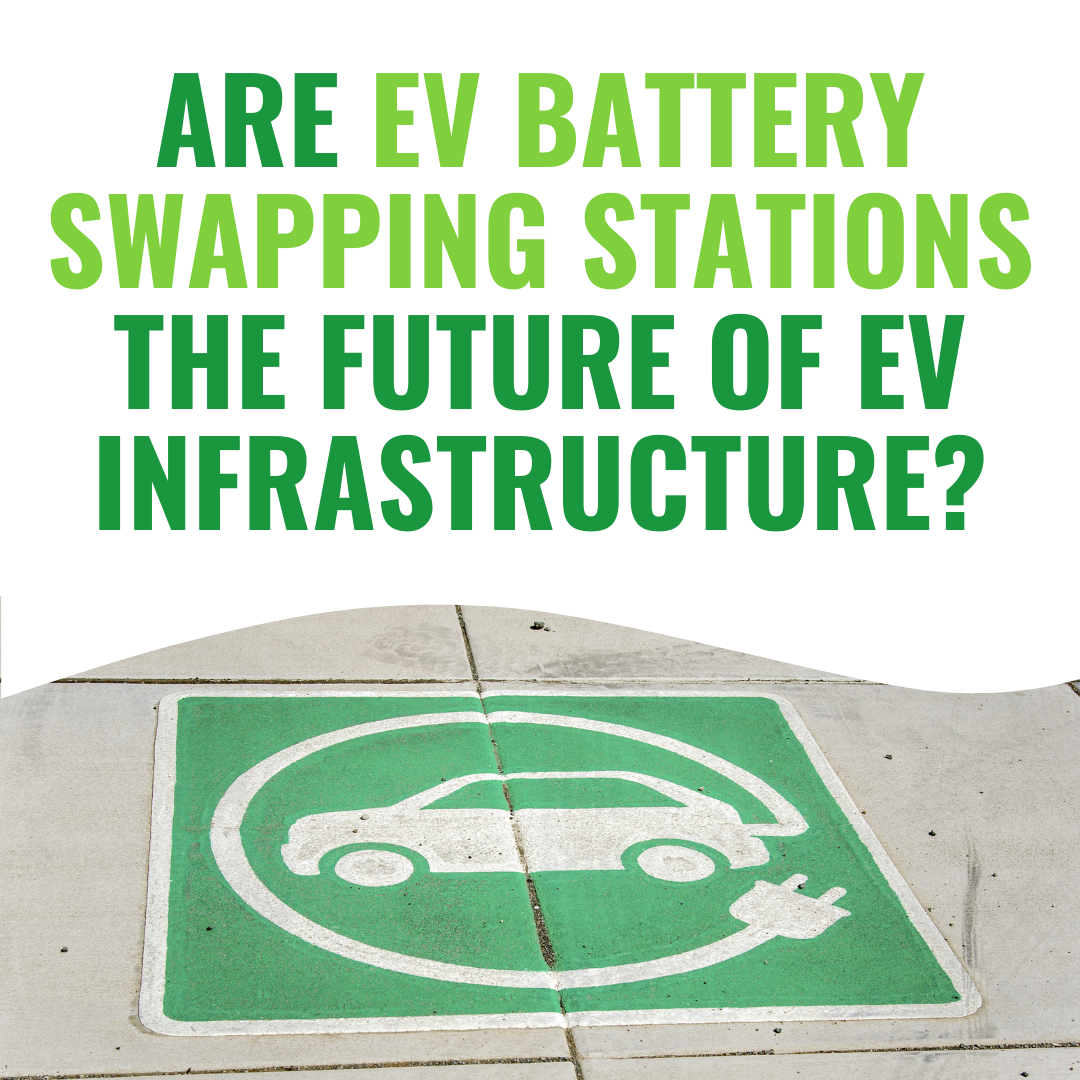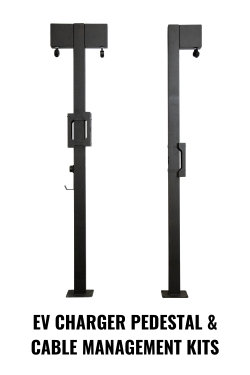We use cookies to make your experience better. To comply with the new e-Privacy directive, we need to ask for your consent to set the cookies. Learn more.
Are EV Battery Swapping Stations the Future of EV Infrastructure?
For heavy-duty vehicles, fuel is a major — but controllable — expense. The electric vehicle (EV) revolution has profound implications for commercial transit, and as the price of diesel fluctuates, more businesses are evaluating heavy-duty EVs as a potential solution.

But there’s a major hurdle that must be addressed: Semi-trucks, box trucks, and other heavy-duty vehicles need to stay on the road to be profitable. Downtime is expensive, even when it’s temporary; charging an EV battery takes time.
An efficient heavy-duty EV might have a 5:1 drive-to-charge time ratio (and a 2:1 ratio might be more realistic for vehicles in regular use). That could mean hours of waiting for a full charge, which isn’t always easy to coordinate with a driver’s scheduled breaks.
Technical improvements will help to address this issue. Recently, Volvo announced the VNR Electric, a Class 8 vehicle with a 275-mile range, 565 kilowatt-hour (kWh) battery capacity, and a 90-minute charge time for an 80% charge.
But even with next-generation batteries and state-of-the-art engineering, electric trucks would need to spend hours charging each day — which could become an even more serious efficiency issue if self-driving trucks become practical in the future.
Related: EV Charger Installation: 5 Frequently Asked Questions
Battery “Swap Stations" Could Keep EV Infrastructure Moving
The simplest way to reduce idle time is to change out the batteries. EV battery swapping isn’t a brand-new concept, and it’s already garnering support from manufacturers in limited applications.
Mitsubishi Fuso and Ample, for example, are partnering for a pilot battery-swapping project in Japan — but the program’s scope is limited to ride sharing services, delivery services, and similar use cases. In China, 49.5% of new electric trucks were “swap-capable,” though those vehicles were also mainly used for short hauls (such as at mining sites and ports).
Long-haul EVs could also benefit from a swap-and-charge approach. Strategically placed charging stations could minimize downtime and make electric vehicles more appealing for a wider variety of applications.
Related: Why Are So Many EV Chargers Broken and What Can You Do About It?
EV Swap Stations Must Be Efficient to Be Competitive
Diesel semi-trucks might spend five minutes at the pump, but a properly equipped swap station could match that number. The key phrase, of course, is “properly equipped.”
As warehouse managers know, battery swaps require dedicated material handling equipment (MHE). The batteries must have adequate ventilation while charging, and workers must be prepared to handle spills and other disasters.
These issues aren’t unique to electric vehicles. Gas stations must also have properly trained personnel and appropriate equipment, and fossil fuels present greater hazards than modern batteries.
But in order for EV swap stations to become a reality, suppliers will need to build the infrastructure; that means investments in custom lift tables to manage battery swaps, EV charging stands for battery units, and personal protective equipment (PPE) for staff. That infrastructure will need to be scalable and adaptable, particularly if charging stations are not fleet-specific.
At Solus Group, we’re prepared to help suppliers find solutions for the next generation of commercial transit. Heavy-duty EVs are on their way — and out-of-the-box thinking might help them arrive sooner than expected.

